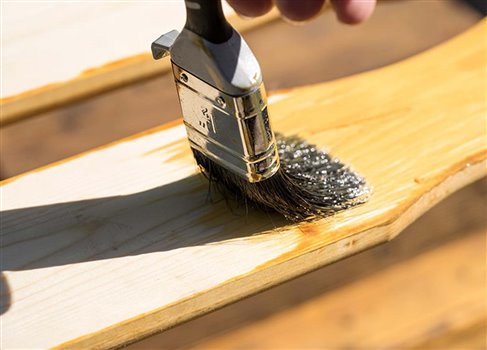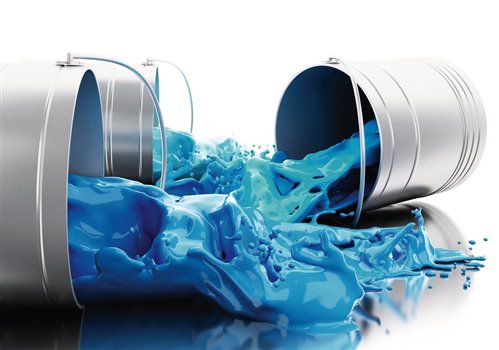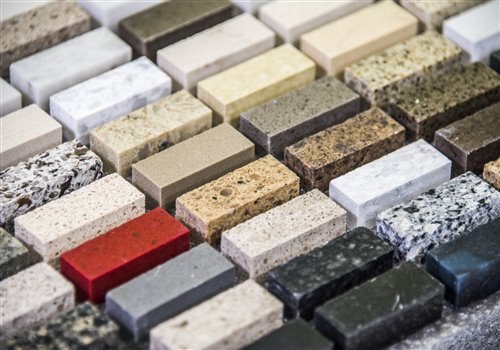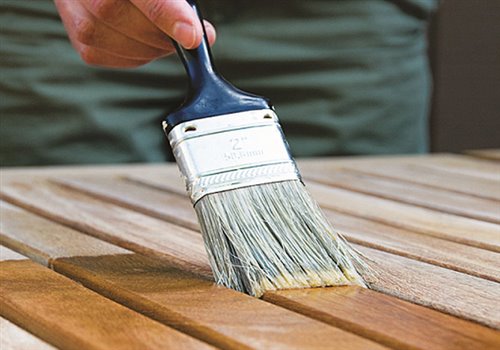Introduction
Resin has been used as a coating to facilitate the surface cleaning in industrial environments since almost 100 years ago. However, recently, it has been used in handicrafts and home decoration especially in jewelry, key chains, coasters, and even furniture.

The more usage of resin means more resin production and, thus, more resin-related wastes. With increased usage of resin, people may ask whether resin is environmentally friendly or not. Resins are produced from crude oil and its refining process. As a result, unfortunately, they are not compatible with the environment, because collecting crude oil and producing resin is very harmful for the environment and plant, animal and human populations. In addition, manufacturing companies release many chemicals used in the refinement process into the environment. Even properly disposed wastes have the potential to pollute air, water, and soil.
In the following, we will examine the extent to which various resins are compatible with the environment.
Polyester resin or fiberglass
Polyester is known as both the cheapest and the most toxic resin type. Inhaling its smoke can cause respiratory problems, eye and skin irritation, and the chemicals inside it can result in water pollution. Polyester resins are often created from styrene, which is carcinogenic to humans and should be disposed of as hazardous waste and its entry into underground water and drains should be avoided to prevent pollution. It is also highly flammable and should not be placed near high heat, static electricity or ignition sources.
Polyurethane resin
This type of resin is more environmentally friendly. However, it can contaminate water through drains, ground and streams. In addition, it releases carbon dioxide, which is one of the main culprits of global warming.
Silicone resin
Most people believe that silicone resin is safer for people and more environmentally friendly than epoxy, polyester/fiberglass, and polyurethane resins, because the silica used to make it comes from sand instead of crude oil. However, the silicon extracted from sand cannot be used until it is processed with chemicals. This means that silicone resin still has the potential to harm the environment, even if it has less potential.
Epoxy resin
It is the most popular type of resin. Despite polyester resins that are quite smelly and can release harmful gases, epoxy resins are primarily known for the harm they can cause to human health. Some chemicals used in epoxy resin such as Epichlorohydrin, Bisphenol A and the catalyst used in it can cause cancer and genetic mutations in animals. However, the use of carcinogens in new approaches are reduced. For example, the contact of epoxy with skin may cause allergies like dermatitis, which like all allergies can be more or less severe and sudden. In some cases, allergies may appear after several years without any previous problems. It is suggested to wear gloves, goggles and protective clothing when working with resin to avoid contact and splash hazards.
There is a general rule that epoxies, polyurethanes, or silicones are completely inert after the catalyst is exhausted and are therefore environmentally safe. In other words, the fully polymerized epoxy resin does not contaminate the environment. Resins especially epoxy and polyester/fiberglass resins are more toxic in liquid form than in solid form. If the liquid resin has cured and solidified, it can be disposed with your regular household waste. You must be more careful when disposing liquid resins, as they can release harmful chemicals into the environment before hardening. Today, efforts to produce Green grades of this resin even in liquid form succeeded and the most famous of which is EcoPoxy, which is the safest and most environmentally friendly epoxy resin product available in the market. It is made of organic materials such as soybeans, cashew oil and even recycled eggshells. It is smokeless and does need ventilation. United States Department of Agriculture has certified this product as an organic preferred product. EcoPoxy is very transparent and glossy and thus it is ideal for use in artistic applications or decorative pieces. EcoPoxy colored pigments, metallic pigments or polyester glitter can be used to create unique pieces.
Characteristics of eco-bio resins
Unfortunately, new eco-bio resins compared to synthetic resins are much more expensive, because they use much more expensive materials. We hope that development of eco-resin technology and economies of scale will decrease its cost. To this purpose, it is especially important:
- to optimize the ratio of raw materials and mix the resin and hardener so well to ensure complete polymerization, which means having a completely closed molecular chain or having all available monomers A and B after mixing and solidifying the product consumed.
- to select fully solid resins lacking any water or solvent. VOC-free epoxy systems can be used to ensure removing any solvent after polymerizing the resin/hardener mixture.
As in all other fields, green claims are ever increasing in the resin industry. However, does it make sense to claim that a resin is environmentally friendly? How can we ensure that a resin is truly safe for human health and the environment? At present, the lack of any VOCs is the most important criteria for a resin to be considered environmentally friendly. VOC-free 100% solid resin systems along with high-quality raw materials are the safest and healthiest choices for the environment.







